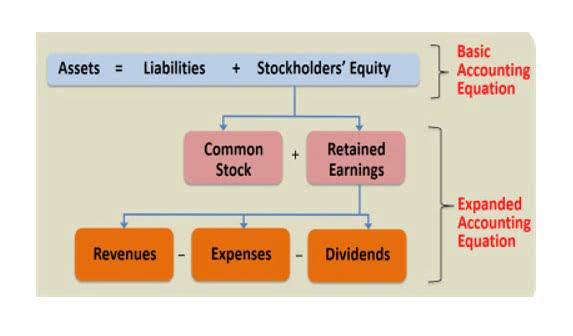
Economic forces over the past couple years have driven costs higher, but they’ve also created new opportunities for nonprofits to receive greater yields on their cash. The new rules eliminate the requirement to present or disclose the indirect method of the notes if the direct method is presented on the statement of cash flows. “ASC” stands for Accounting Standards Codification, and 842 represents the section of the FASB guidance covering leases. All nonprofit accounting rules in the United States are defined and codified by the Financial Accounting Standards Board, or “FASB”. ASC 842 includes several changes affecting lessors regarding accounting treatment and disclosures. Understanding these new rules and developing an implementation timeline ensures you are ready to comply with these new standards.
What is ASC 842?
- Work with Windes to ensure you remain compliant and take advantage of all possible accounting strategies to save your nonprofit on lease operating expenses.
- This statement breaks down expenses by purpose—programs, management, and fundraising—providing insight into fund allocation.
- These statements organize and summarize data in consistent ways to provide different insights into your organization’s financial situation.
- The good news is that organizations falling into this category will not have to change their reporting, as the new rules do not impact in-kind rent.
- Stakeholders and other readers of the financial statements might dispute that recording these items will merely gross-up revenue and expenses with no effect on the operating results.
These include the Salvation Army, Girl Scouts, United Way, and organizations dedicated to social issues like curing or treating disease. Functional categories include fundraising and management and general, as well as individual programs that the organization has undertaken. In contrast, natural categories include salaries and benefits, supplies, professional fees, depreciation, and interest, among other operating costs and expenses. Nonfinancial assets include tangible items such as food, clothing,medical or other supplies, furniture and intangible items such as services, voluntary labor, or facilities. The changes in the ASU are effective for annual periods beginning after June 15, 2021 (fiscal years ending June 30, 2022 or calendar years ending December QuickBooks 31, 2022).

Articles & Videos by Topic

Additionally, we will explore the world of Generally Accepted Accounting Principles (GAAP) applied in nonprofit accounting. New changes to nonprofit accounting rules regarding leases (ASC 842) require nonprofits to report almost all leases to the balance sheet and not simply the statement of activities. Most nonprofits must comply with Coffee Shop Accounting the new rules by the end of the fiscal year 2022, and all nonprofits must be compliant by the end of fiscal year 2023.
Understanding ASC 842

Some stakeholders, for example, were worried about the lack of transparency surrounding gifts in kind, specifically the amount received and used in nonprofit programs and activities. The ASU is relatively short compared with other gaap accounting for donated assets FASB guidance, but the changes it incorporates could prove significant for some nonprofits. Note, though, that it doesn’t alter the existing requirements for recognizing and measuring gifts in kind.
How does ASC 842 impact in-kind rent?
- The new rules are effective for most nonprofit organizations who are resource recipients for annual reporting periods beginning after December 15, 2018.
- Because accrual accounting includes both financial commitments and cash flows, it provides a more complete picture of your organization’s situation as required by GAAP.
- One of the most important indicators in determining if revenue is received in an exchange transaction or as a contribution is who receives the primary benefit.
- Rather, it allows nonprofits to determine which method is appropriate for their circumstances, including the nature of their financial assets.
- If a cooperative has any significant operating leases we recommend that you analyze what the implementation of these new rules will mean for your balance sheet.
Familiarize yourself with ASC 842 lease accounting basics and learn how nonprofit accounting services from Windes will help you remain compliant with the new requirements. The support of an experienced nonprofit accounting and tax advisor is vital in this endeavor. At Smith + Howard, our nonprofit professionals bring decades of experience advising a diverse range of nonprofit clients, from independent schools to arts and culture organizations. However, in general, we find that if 25% of an organization’s gross revenues come from unrelated business income, it may be time to re-evaluate your organizational structure and explore different ways to house this for-profit activity.

Leave a Reply
You must be logged in to post a comment.